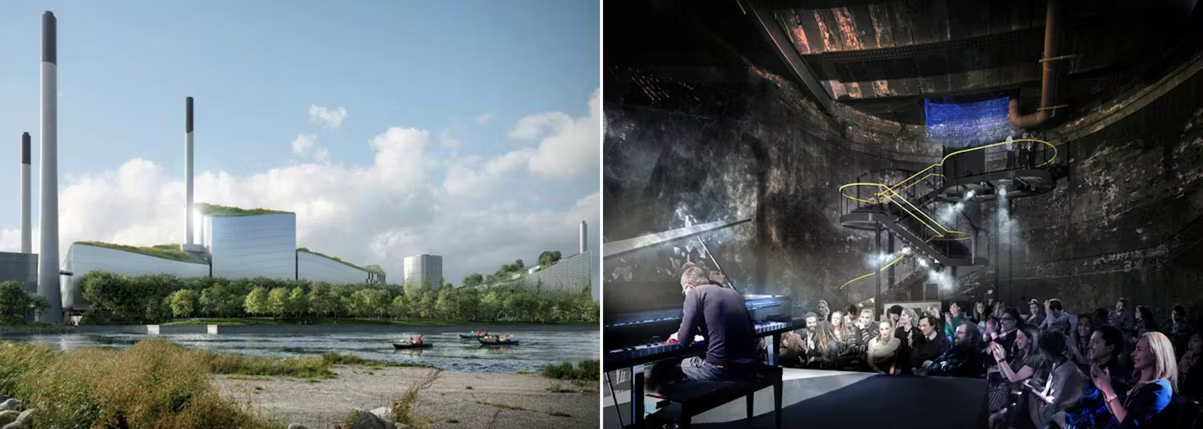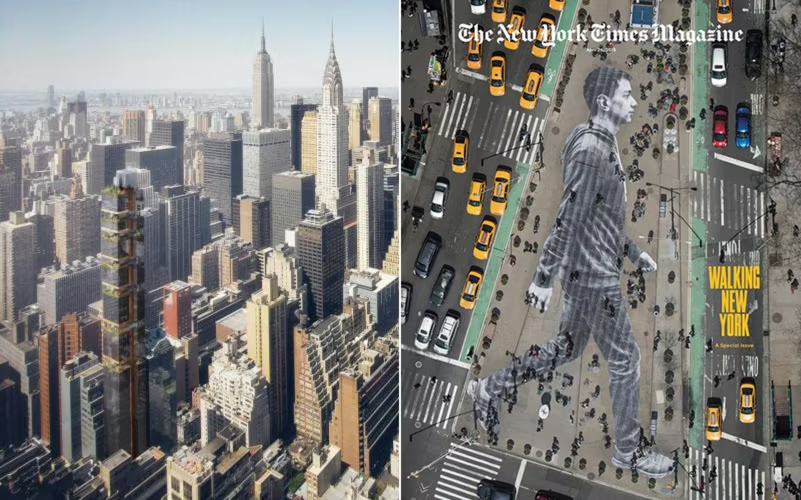A Helsinki Feeling: This week sees the next stage of the ongoing Guggenheim competition as the six finalists have refined their designs, which will be exhibited in Helsinki starting on Saturday. Meanwhile, Michael Sorkin doesn’t mince his words about why he and his fellow organizers launched the “alternative” competition Next Helsinki.
“It will feel new, but the patina will come with use”: The restoration of Charles Rennie Mackintosh’s Glasgow School of Art will not be without challenges, but the PagePark team is confident that they’re up to the task.

The Power of Context: With Bjarke’s incinerator-turned-ski-slope well underway, Copenhagen is moving forward with a shortlist of proposals for an adjacent power plant. Designboom has more on the finalists from 3XN, Gottlieb Paludan, and KHR (BIG reportedly did not make the cut).
Tunnel Vision: Tate Harmer have given us a reason to mention the truly enviable name of the late English engineer Isambard Kingdom Brunel: The London-based firm has designed a staircase that will grant access to the historic Thames Tunnel, the first underwater tunnel in the world when it was completed in 1843. After decades as a ventilation shaft, the subterranean space at Rotherhithe will reopen as a performance venue thanks to the prefabricated “ship-in-a-bottle design.”

Mixed Greens for Your Floor-Plate: Sky-high gardens are still all the rage these days. Hot on the heels of a Perkins+Will proposal, ODA have released renderings of a 600-footer with wraparound gardens throughout.
Signs of the Times: The New York Times’ video team is kind of killing it this week: First, the 1WTC elevator time-lapse — depicting the growth of the cityscape over the last 500+ years — made rounds following its publication on Monday. Now, in anticipation of this weekend’s magazine, they’ve also published a making-of video of the cover by street artist JR. (And don’t miss their interactive feature on the new Whitney.)

One Man’s Fort … : A company called AmaZing Venues is breathing new life into a series of late-1800s sea forts that look something like villas atop a giant inflatable tube (spoiler alert: they’re now luxury hotels). See also Pumphouse Point in Australia, a former hydroelectric plant that has been converted to an 18-suite wilderness retreat.
Non Sequitur
Walking the Walk: Remember that OK Go video? No, not that one — the one before it. Well, it turns out “Synchronized Walking” is a thing in Japan. (H/t BoingBoing, where you can find more clips):
Image at top via Guggenheim Helsinki Design Competition.




